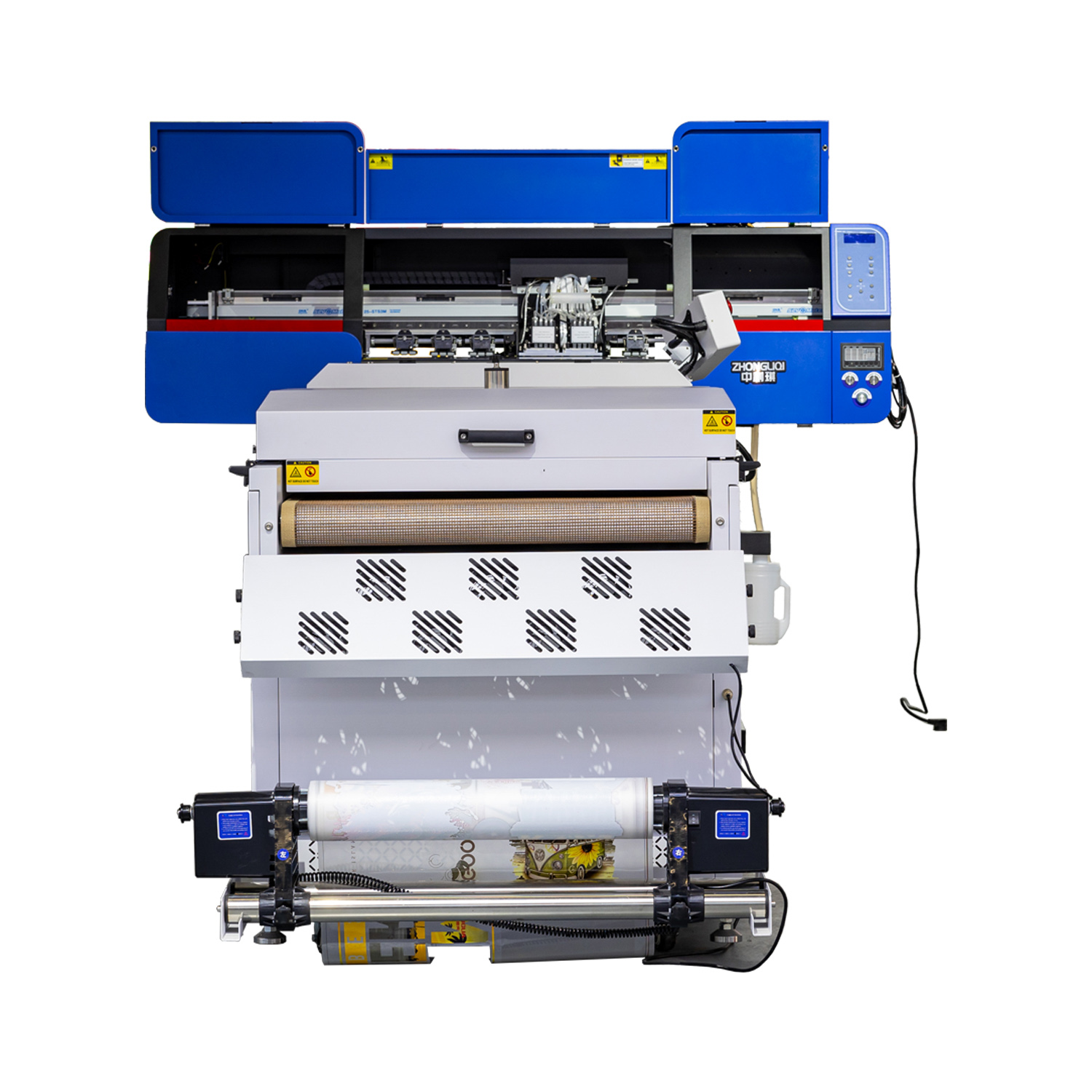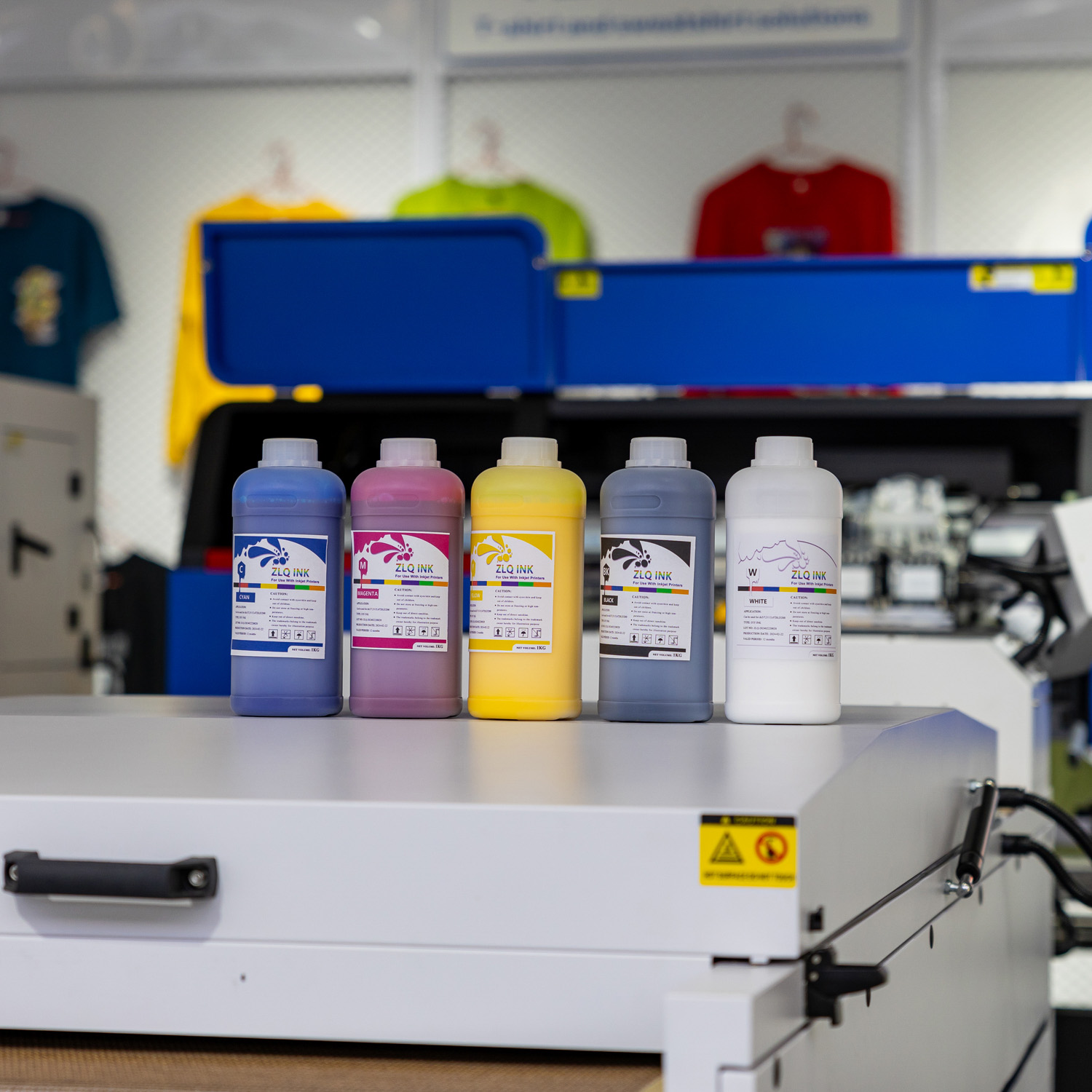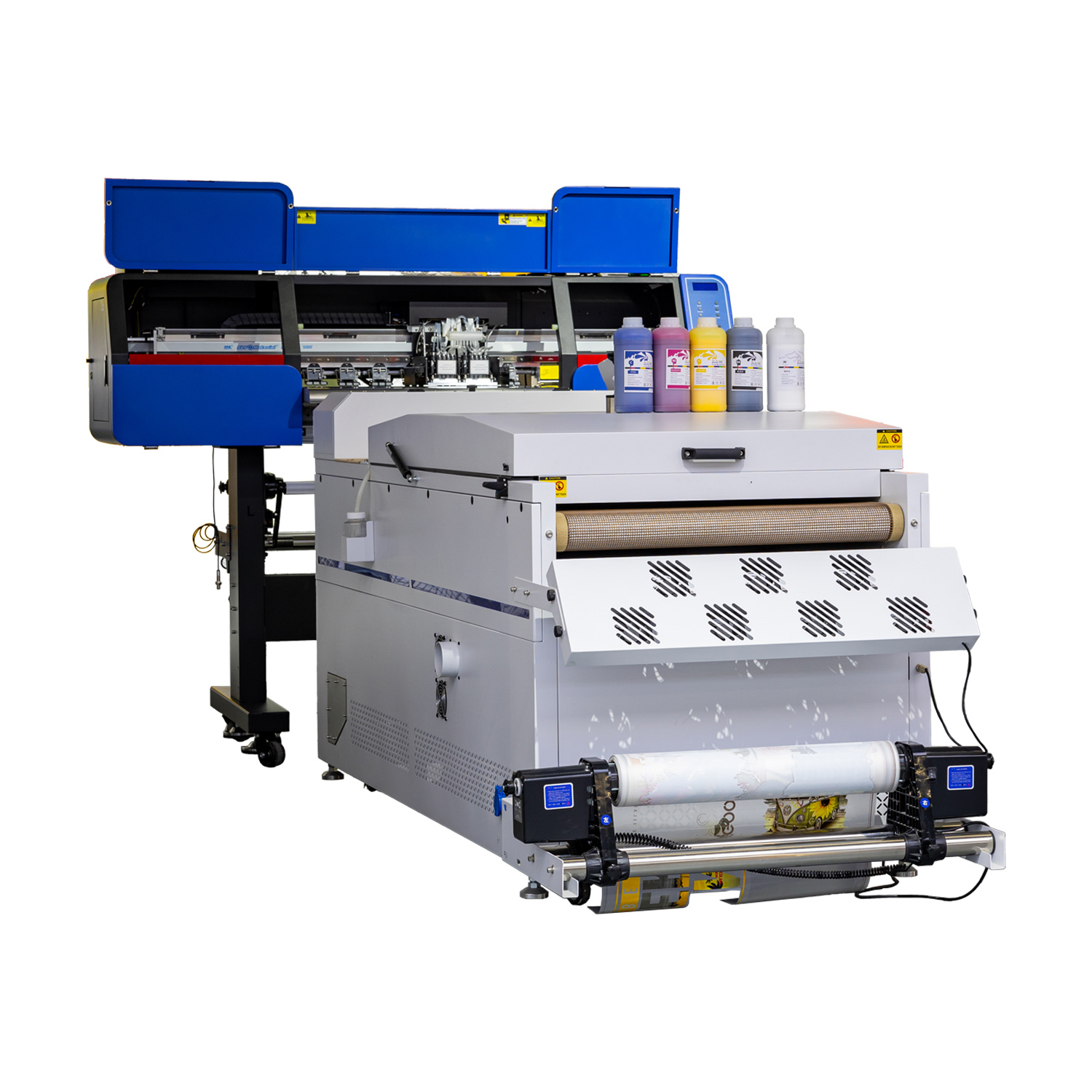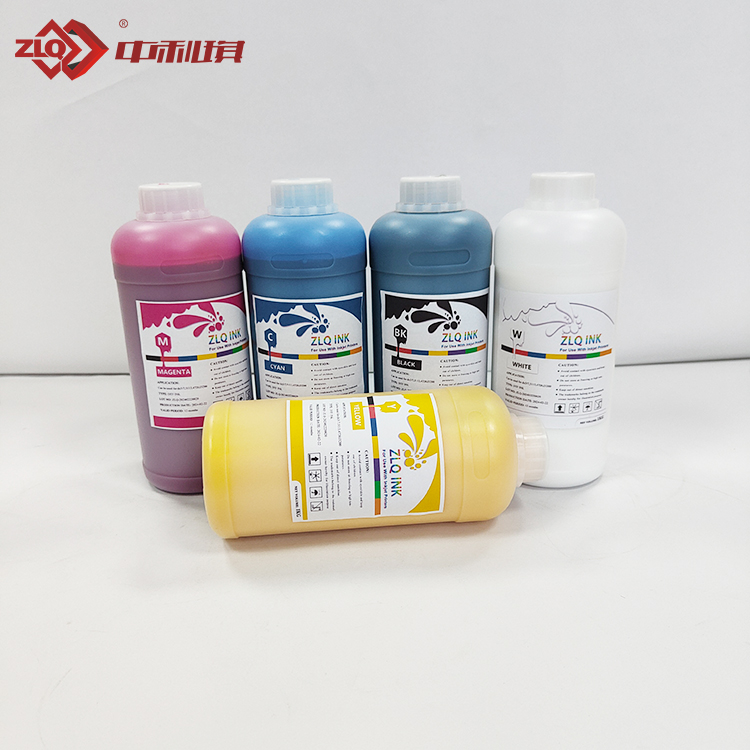
The components of DTF (Direct - to - Film) ink are mainly as follows: ### I. Pigments 1. **Color Presentation** - Pigments are one of the most crucial components of DTF ink, determining the colors that the ink can present. DTF ink usually contains pigments of various colors. For example, there are pigments for presenting red, pigments for presenting blue, etc. Through different combinations of these pigments, a rich variety of colors can be mixed to meet the needs of printing various patterns. - Different types of pigments have differences in color vividness and lightfastness. Organic pigments generally have more vivid colors but may be slightly inferior in lightfastness; while inorganic pigments, although sometimes less vivid in color than organic pigments, have better lightfastness and chemical stability.




2. **Pigment Particle Size**
- The size of pigment particles has an important influence on the performance of the ink. Generally, smaller pigment particles help the ink pass through the printer nozzles better. For example, the diameter of pigment particles of high - quality DTF ink is usually at the nanometer level, which can ensure that the ink is ejected smoothly during the printing process and reduce the probability of nozzle clogging.
- At the same time, smaller pigment particles can form more delicate patterns after being transferred onto materials such as fabrics, improving the printing quality.
### II. Solvents
1. **Dissolving Function**
- The main function of solvents is to dissolve pigments and other additives so that they can be uniformly mixed together to form ink. Common solvents include water and some organic solvents. In water - based DTF ink, water is used as the main solvent, which has the advantages of being environmentally friendly and non - toxic.
- Organic solvents such as alcohols and ethers are used in some DTF inks with specific formulations. They can disperse pigments better and have certain advantages in terms of drying speed and adaptability to some special materials, but organic solvents usually have certain volatility and odor.
2. **Influence on Ink Performance**
- The volatility of the solvent affects the drying speed of the ink. If the solvent is too volatile, the ink may dry out at the nozzle, resulting in nozzle clogging; if it is too slow - drying, the drying time of the printed ink will be too long, affecting production efficiency. For example, in some high - speed printing scenarios, a solvent with moderate volatility needs to be selected to balance the drying speed and printing fluidity of the ink.
- Solvents also affect the viscosity of the ink, which is closely related to the fluidity of the ink. Appropriate solvents can give the ink suitable viscosity, ensuring that the ink can flow smoothly in the nozzle and be accurately ejected onto the transfer film.
### III. Additives
1. **Dispersants**
- Dispersants are used to ensure that pigment particles are evenly dispersed in the solvent. Since pigment particles have a tendency to aggregate with each other, dispersants can adsorb on the surface of pigment particles, generating electrostatic repulsion or steric hindrance effects to prevent the agglomeration of pigment particles.
- For example, some polymer - type dispersants can form a stable protective layer on the surface of pigment particles, keeping the pigment particles in a well - dispersed state in the ink system. This is crucial for ensuring the stability of the ink and the printing quality because the even dispersion of pigment particles enables the printed patterns to have uniform colors.
2. **Binders**
- Binders play an important role after the DTF ink is transferred onto materials such as fabrics. They can make the pigments firmly adhere to the surface of the transferred materials, improving the wear resistance and washability of the patterns.
- Different types of binders are suitable for different transferred materials. For example, for cotton fabrics, a binder with good hydrophilicity and flexibility may be required; while for polyester fiber fabrics, a binder with good adhesion to polyester materials is needed.
3. **Stabilizers**
- Stabilizers are mainly used to maintain the chemical stability of the ink. The ink may undergo chemical changes due to factors such as temperature and light during storage and use, and stabilizers can inhibit these adverse changes.
- For example, some antioxidants as stabilizers can prevent the ink from deteriorating due to oxidation, ensuring that the ink maintains good performance within the specified storage period, enabling the ink to be used normally after long - term storage without problems such as color fading and performance degradation.
Related Products